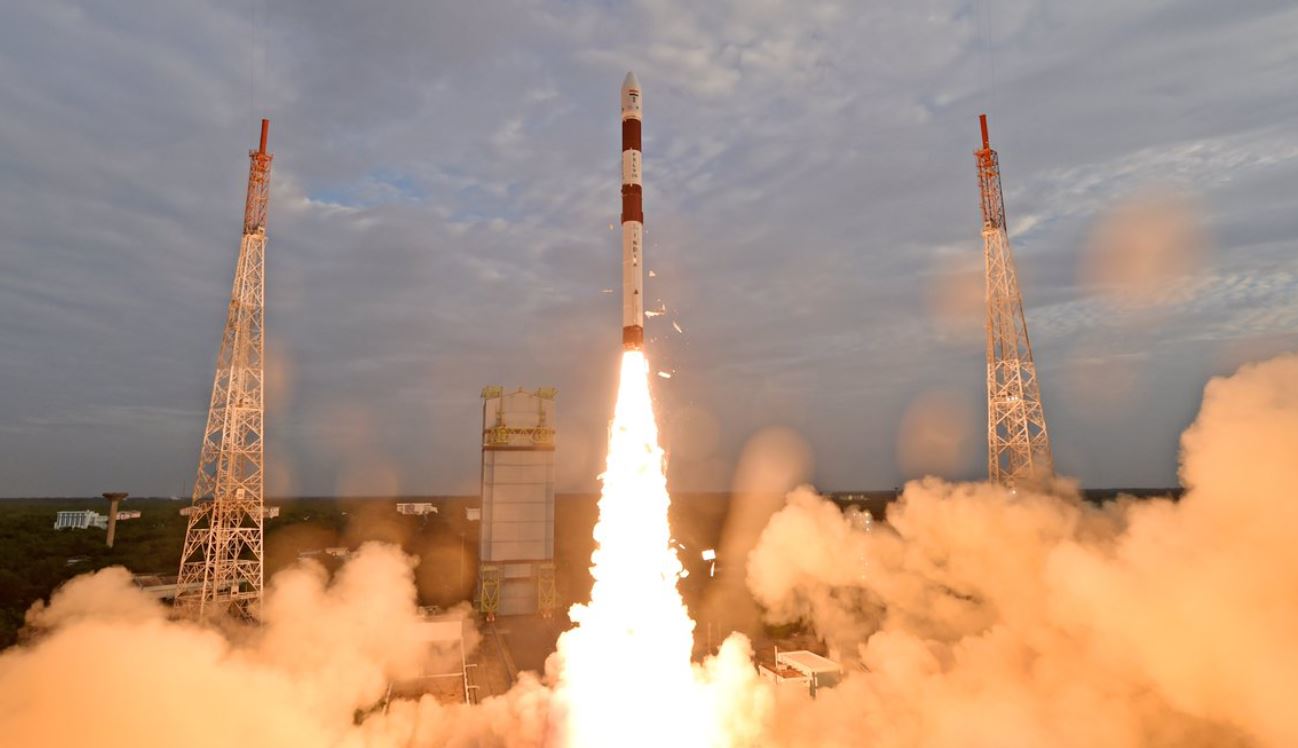In yet another successful feat, the Indian Space Research Organisation (ISRO) has accomplished the task of launching 7 foreign satellites into space using the PSLV-C56 rocket. This achievement comes just 15 days after the triumphant launch of Chandrayaan-3, India’s ambitious space mission to explore the South Pole of the moon. NewsX Managing Editor Rishabh Gulati delves into the significance of these two remarkable missions and the trans-lunar injection of the Chandrayaan-3 spacecraft.
During the discussion, Suresh Naik, a former ISRO scientist, sheds light on the operations that Chandrayaan-3 will undertake in the coming days. He explains that the spacecraft underwent a total of five orbit raising operations, with the objective of increasing the apogee (farthest point from the Earth) towards the moon as much as possible.
Additionally, as the spacecraft orbits the Earth multiple times, it gains velocity to direct itself towards the moon and break free from the Earth’s gravitational field. The spacecraft needs to attain the escape velocity of 11.2 km/s and align itself with the moon. By 1st of August, these parameters will be achieved, and the orbit-injection procedure will commence, taking approximately 6 to 7 days to reach the vicinity of the moon.
Group Captain DK Pandey (Retired) emphasizes that the critical aspect will be achieving a stable 100km orbit for attempting the landing of a vehicle on the moon. Learning from the previous Chandrayaan-2 mission, efforts have been made to avoid repeating mistakes. Strengthening the spacecraft’s legs and precise speed control are key priorities to ensure a successful soft landing in the South Pole region of the moon.
Group Captain Jha (Retired) reinforces the understanding of the trans-lunar injection process, wherein Chandrayaan-3 will be propelled towards the moon. As the spacecraft approaches the moon, its speed will gradually decrease due to lunar gravity. The Chandrayaan-3 motor will decelerate the craft to facilitate insertion into lunar gravity, transitioning from an elliptical orbit to a circular one at a low velocity.
Dr. Srimathy Kesan, Founder & CEO of Space Kidz India, shares the anticipation of Chandrayaan-3’s successful landing on the moon, likening it to a cricket match with the rover being eagerly awaited to explore the lunar surface. Space Kidz India is ready with a 5-meter dish to capture the historic moment and share it with numerous children, fulfilling their outreach responsibility.
The successful launch of 7 foreign satellites and the progress of Chandrayaan-3 highlight India’s growing prowess in space exploration, garnering international acclaim and inspiring young minds in the field of science and technology.
These achievements are a testament to ISRO’s dedication and expertise in space missions. The successful deployment of foreign satellites demonstrates India’s increasing role as a reliable partner in the global space industry. Furthermore, Chandrayaan-3’s ambitious mission to explore the uncharted South Pole of the moon showcases the country’s commitment to scientific exploration and discovery.
The discussions on the technical aspects of Chandrayaan-3’s mission provide valuable insights into the intricate planning and execution required for such endeavors. The careful consideration of previous missions’ experiences and lessons learned showcases ISRO’s dedication to continuous improvement and progress.
As the spacecraft heads towards the moon, the nation waits with bated breath for the historic moment when it will attempt a soft landing on the lunar surface. The success of Chandrayaan-3 will not only be a proud moment for India but also a significant milestone in the global space exploration arena.
With each successful space mission, India cements its position as a leading player in space exploration, advancing the boundaries of human knowledge and inspiring future generations to dream big. The continued efforts of ISRO and its collaborators in pushing the frontiers of space exploration demonstrate the nation’s unwavering commitment to scientific discovery and innovation.
Watch the full telecast here:


















